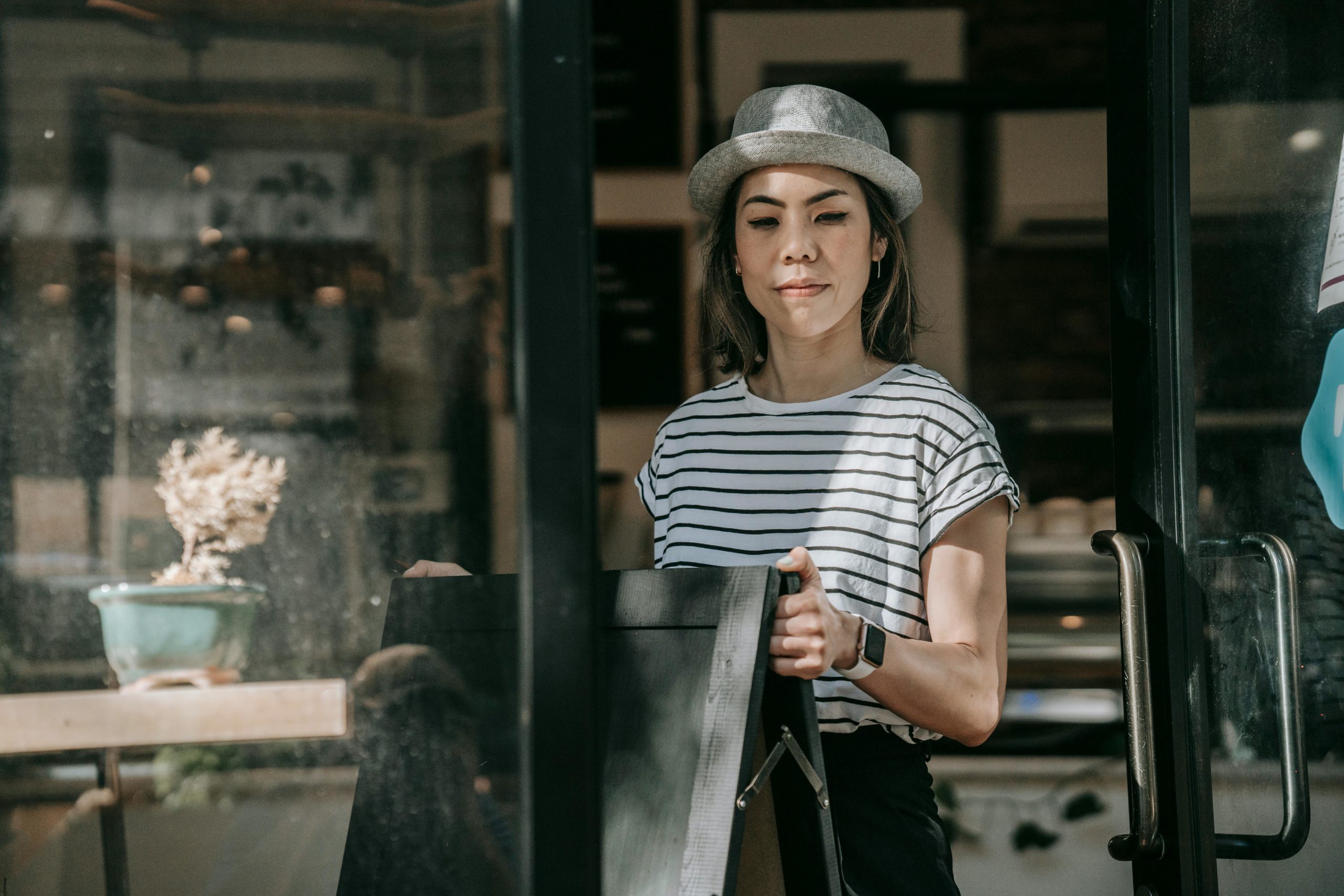
Strengthening Employee Connections through a Strategic Marketing Approach
Following the acquisition of its retail division, First Acceptance Insurance Company was presented with a unique opportunity to reinforce its commitment to more than 700 claims professionals still at the heart of the company. At the same time, the company sought to elevate its recruitment efforts by showcasing the distinctive culture that made First Acceptance an outstanding place to work.
As a long-term partner, Green Apple Strategy worked closely with the First Acceptance Marketing and Human Resources teams to develop an employment marketing strategy that not only engaged current employees but also enhanced recruitment efforts. By aligning HR and marketing, we supported First Acceptance’s employee retention and hiring goals in a meaningful, strategic way.
– Building From Within –
Empowering Employees to Shape Company Culture
The acquisition opened a new chapter for First Acceptance and offered a fresh opportunity to redefine its brand narrative and employee culture. Recognizing that employees are the most vital part of their company, First Acceptance wanted its employer brand and messaging to be driven by its people. The company understood that by listening to its employees, it could create a more connected and engaged workforce, especially for those working remotely.
To ensure the employee brand reflected First Acceptance’s unique culture, Green Apple Strategy collaborated with the company’s HR team to design and distribute a series of employee surveys. These surveys were created to gather honest feedback from employees across the entire organization about their experiences working at the company, their views on the company’s values, and how connected they felt in their roles.
Green Apple worked hand-in-hand with the First Acceptance team throughout the process. Our goal was to ensure that employee feedback was at the center of the strategy and that everything employee-driven remained true to their voices. This collaborative approach helped us maintain integrity and foster an authentic representation of the company’s culture. It also positioned First Acceptance to build an employee-focused brand narrative that resonated with current employees while enhancing their recruitment efforts.
– Turning Values into Action –
Creating a Culture of Recognition and Engagement
The employee surveys yielded a wealth of insights, which helped Green Apple Strategy craft a clear set of core values for First Acceptance. These values not only captured the essence of the company but also unified employees around a shared identity. Through an employee-driven initiative, we identified four key values that could be remembered by the acronym FAIC—Flexibility, Appreciation, Integrity, and Collaboration.
From this, our team developed the “FAICForward” campaign, an ongoing initiative designed to put these values into action. The FAICForward campaign encourages employees to nominate coworkers who exemplify these values, recognizing and celebrating them for their contributions. This initiative not only promotes greater employee engagement but also creates a positive, celebratory culture across the company. It serves as a reminder to employees of the company’s core values and reinforces a sense of connection among team members.
Beyond internal engagement, the FAICForward campaign also became an essential element of First Acceptance’s recruitment strategy. It highlights the company’s unique, employee-driven culture to potential hires, positioning First Acceptance as a great place to work and setting them apart from competitors in the insurance industry. This blend of employee recognition and culture-focused recruitment creates a powerful tool for both retention and hiring efforts.
– Results –
A Strategic Partnership for Lasting Employee Connections
Although the FAICForward campaign is set to launch in 2025, the foundation has already been laid for its success. The ongoing partnership between Green Apple Strategy and First Acceptance has been key in developing and executing this initiative. Our data-driven approach helped First Acceptance think strategically about using marketing to support an HR-driven initiative, which will impact more than 700 employees across the company.
The trust built between Green Apple and the First Acceptance leadership team allowed us to tackle a new, core component of their business—one that goes beyond traditional marketing. Our partnership helped First Acceptance recognize the value of leveraging marketing expertise to enhance employee engagement and recruitment. Together, we’ve created an employment marketing strategy that not only strengthens employee connections but also supports the company’s long-term growth and success.
By focusing on both employee retention and recruitment, Green Apple Strategy is proud to help First Acceptance Insurance create deeper, more meaningful connections with their employees, setting them up for continued success in 2025 and beyond.
– Creative –
What We Did
Employee and Recruitment Marketing Strategy, Brand Messaging Strategy, Employee Surveys, Employee Engagement Campaign Development, Video Scripting and Production, Web Design and Development, Social Media, Email Marketing
Case Studies
A small selection of Green Apple’s solutions and marketing services.




















